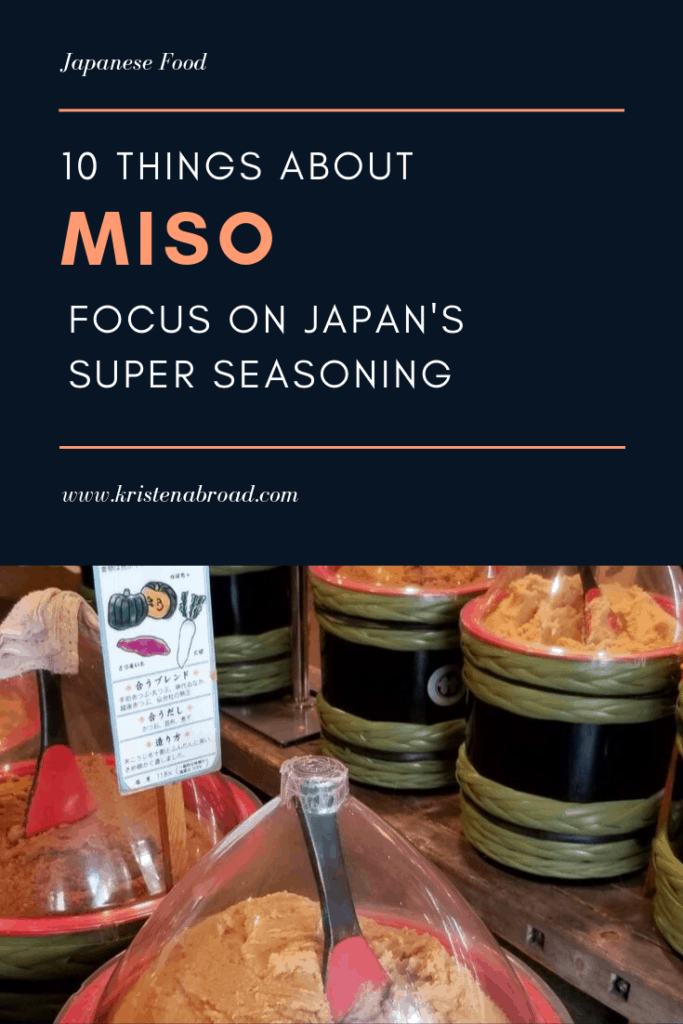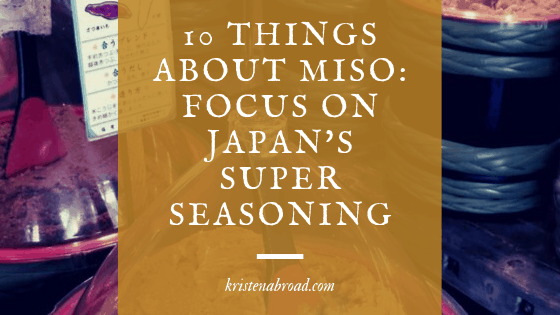If you are delving into the culinary world of Japan, there are certain ingredients that you cannot do without. Sake, mirin, soy sauce, and dashi are imperative. Don’t forget one found in every traditional Japanese breakfast! Fish, rice, and miso soup. But it isn’t just for soup! Dreaming of a trip to Japan? Tide yourself over with this fermented condiment waiting to be utilized!
1) Fermentation and Food
For eons fermentation was used as a preservation method in the days before refrigeration. In Japan, you can’t find a traditional meal without at least one fermented product.
Japan is a land of delicious food, and there are plenty of traditional dishes you must try. But what of the ingredients that go into them? Glossed over at times are some of the key pieces of what makes Japanese diets so healthy.
2) What is Miso?
The simplest
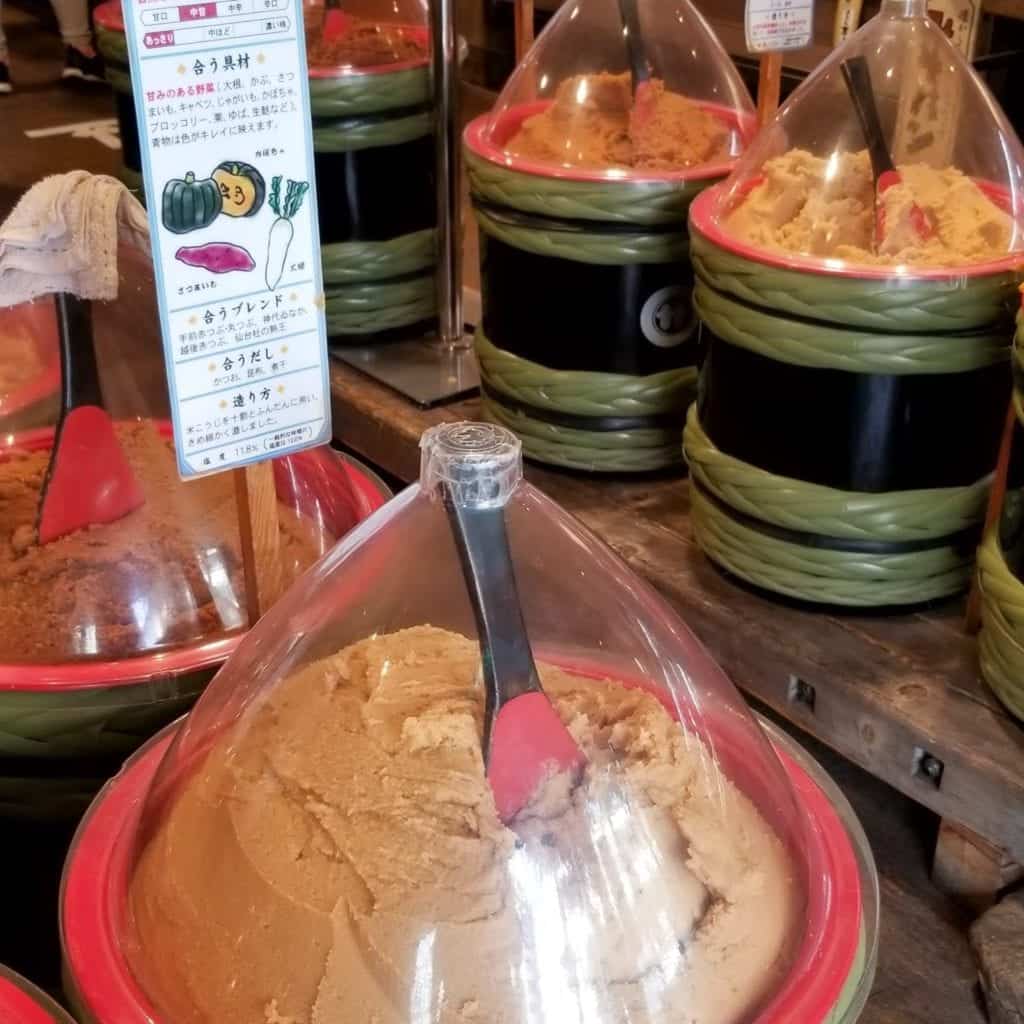
3) Where miso came from
Like many things (looking at you, kanji) that made it over to Japan, it is thought to have been brought over from China around the 7th century. Yup, that puts the lovely seasoning with over 1000 years of history and development that has left us with what we have today.
Startlingly (not really), it was a food for the nobility and samurai. Eventually making its way to the commoner’s plates, today, there is a large export market for true Japanese miso.
Keeping the heritage alive
Did you know that UNESCO named 和食 (
Another cultural aspect: Shojin
4) Types of Miso
This is very dependent on the regions of Japan. There are three main types of miso: kome, mugi, and mame. Kome has rice added to the soybeans whereas mugi is barley. Mame is actually soybeans and soybeans (can we call it soy squared?) and results in a very rich, dark brown version. Mame only comes from a small region of Japan. Kome is the most commonly found and mugi is mostly made in the southern parts of Japan.
There are all sorts of miso though, I’ve seen some with added fish or fish flakes, different vegetables, etc. Jikkoku gives miso and cucumber and cabbage for their otoshi and it’s some of the best, in my opinion.
5) What’s it taste like
Umami is the name of the game in this one. Umami is the elusive “fifth taste” of your four taste tongue. It’s a mouthfeel, and miso has a lot of it. Kome miso can be sweet to savory and varies in color from white to yellow to red. Mugi you’ll never get a good “white” color from the grain so you know its kome if it’s white, Mugi is yellow or red and from the ones I’ve tried, definitely airing on the sweet side but it can be richer as well. Mame is very rich, back to its soy-squared flavoring.
6) How it’s made
It’s a pretty basic process of soaking, cooking and combining the very simple ingredients. Adding koji to start the fermentation process, everything is mixed together with the soybeans, water,
Anyone else like fancy salt? Small miso makers definitely have me as they tend to get fancier with the types of salt. Plus, they are
This isn’t a quick process! Kome and Mugi fermentation takes 6 months to 1 year! This that’s long? Mume has a full 2- 3 years to mature. There are large scale factory operations but also smaller, niche production.
Factory Made
Marukome is probably one of the most known miso makers. They and other large scale factories came into existence after the wars, when Japan was struggling to feed
Factories are
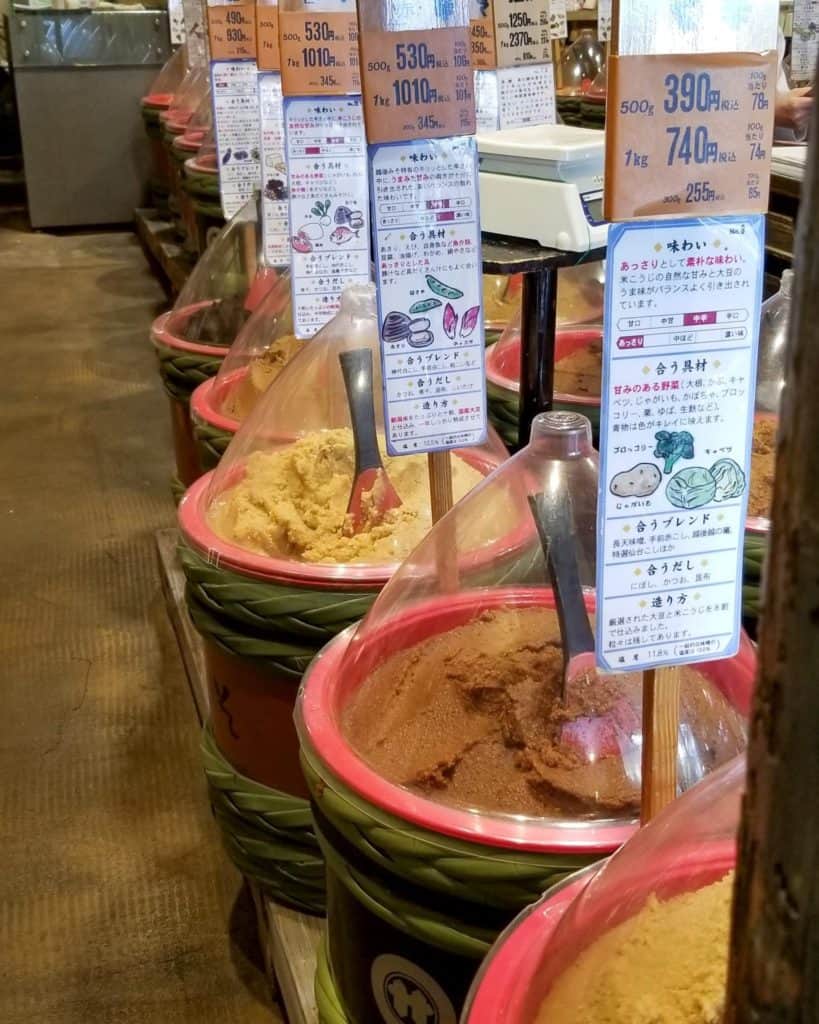
Small Production
Small producers are going to follow the traditional method of making miso, which really hasn’t changed in the 1000+ years it’s been produced. Interesting how it flows with the natural ebbs of nature because it is fermented at ambient temperature, meaning Japan’s nice, hot, muggy summers are perfect for production after the mash has been left to sit after it has been made in the spring.
7) Health Benefits
As far as “super foods” go, fermented foods are definitely up there on the list. All fermented products promote good gut-bacteria. Miso is also a great source of a variety of vitamins (calcium, copper, iron, magnesium, phosphorous, and zinc).
Miso is also a complete protein (I love how we have to specify that, yes, it has ALL the amino acids, not just some) and has a fair amount of fiber.
Cancer Prevention?
Something I learned from researching more about this post is that miso even protects against radiation injury and some cancers. One thing to note with that is it was found that having miso in your blood already gave you the greatest protection.
Japan has the longest overall life expectancy of any country in the world according to the World Health Organization (pretty standard in recent history) and the daily miso habit surely has something to do with it.
8) How to cook with Miso
Whereas the majority of miso is used in soup, that’s not the only way to take advantage of this umami flavor bomb.
Soup
I learned this with BentoYa cooking, you don’t want to add all of the miso at once to the dashi broth as it won’t mix out very well. It’s easiest to use a strainer and dipping the miso into the broth while stirring to better dissolve it.
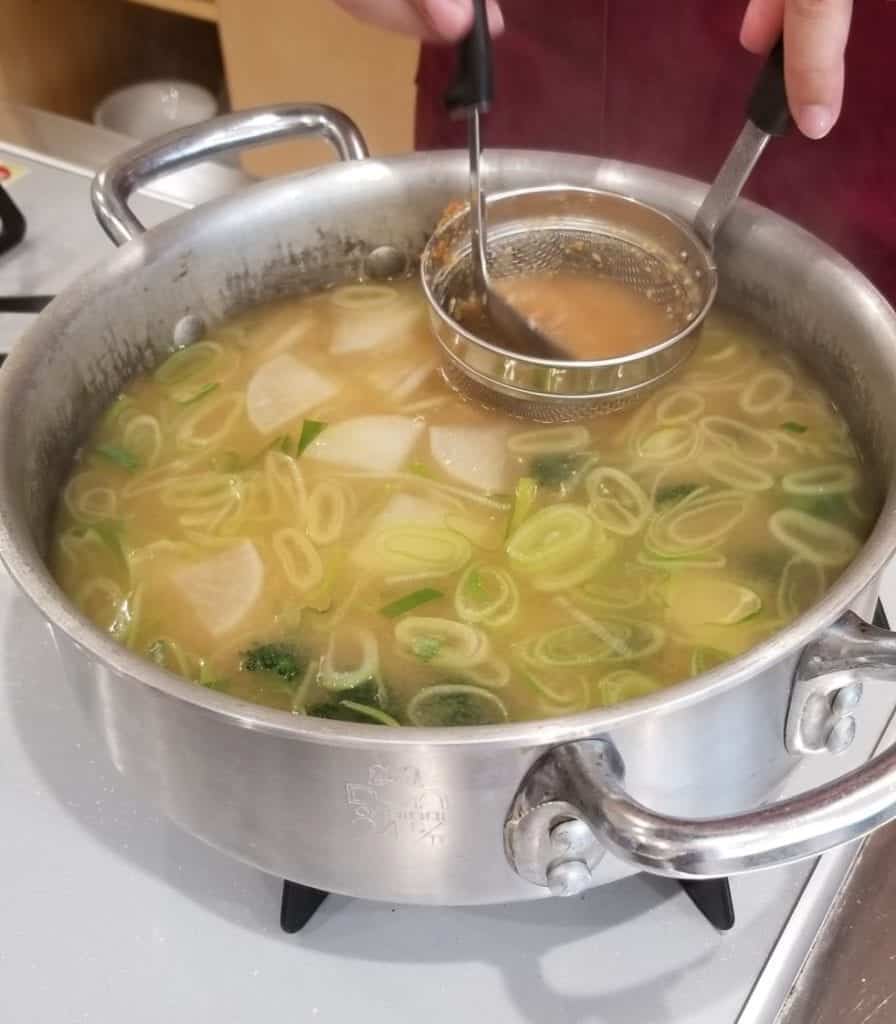
What is Dashi?
Think of Dashi as the Japanese bouillon.
Ramen
I know I said it’s not just in
Veg dip
Probably my favorite, having a couple of different types of miso and using it as a dip. Great snack but with all the protein in miso, you can even make a meal out of it. Just watch out for the heavy salt and drink lots of water!
The secret sauce
Honestly? It makes a great salt substitute and gives your food a great umami taste, in Japanese, this is called 隠し味 (
White miso is sweeter (generally) and can be used to add sweetness to baked goods even!
9) How to store miso
Remember, as it was created well before refrigeration, and if you go to a proper miso store in Japan, you will find it stored in large wooden barrels. However, it’s not a bad idea to keep it in a sealed container. If it is “young”, it might still ferment and will need to be off-gassed though.
My general rule of thumb, if it came in a sealed container, keep it in the fridge after opening. You can freeze it as an option as well, and for whatever reason, it doesn’t harden so it can be used right away.
10) Where to get Miso
If you are lucky enough to be in Japan, hop over to any supermarket and there are shelves upon shelves of different varieties to try (one of my favorite pro-tips, I love going to supermarkets in other countries).
Disclosure: Kristenabroad.com is a participant in the Amazon Services LLC Associates Program and other affiliate programs. For some links to products or services in this article, I may earn a small commission by you using my link. The price for you is not affected.
There is, of course, the Amazon option as well. Japan is great for delivery!
Go to a specialist!
However, if you are in Tokyo, definitely go to 佐野みそ (Sano miso) where you can sample the miso! It comes from all over the country so it’s a great way to get a feel for the different types and take advantage of the
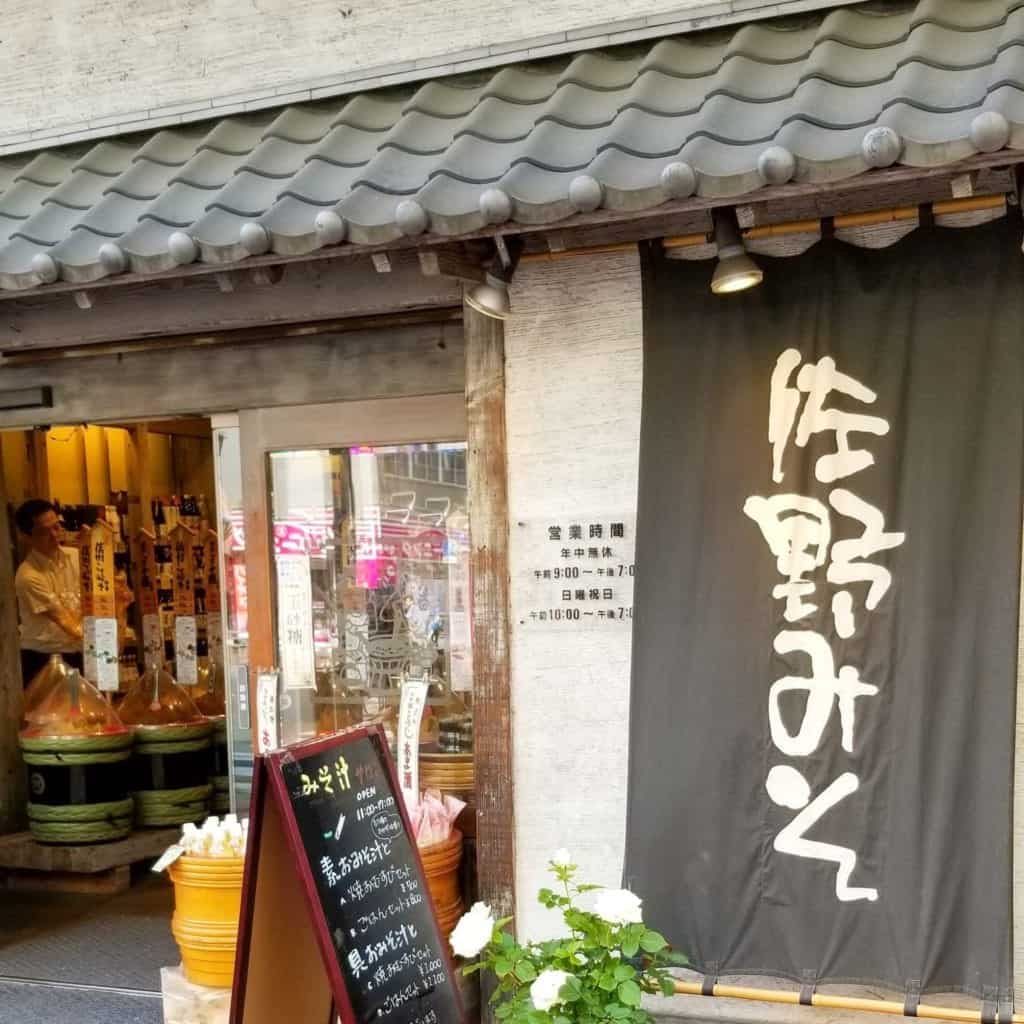
What’s your favorite?
I’m curious to see how you’ve used miso in the past. Have you found a good option in your home country? Do you order it? Let me know in the comments!
Pin this for later
